Health
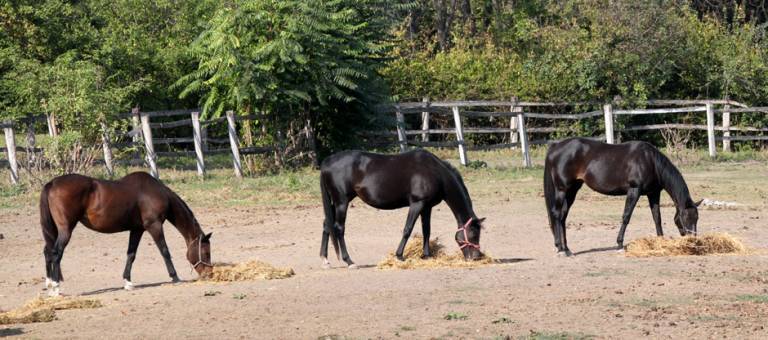
January 17, 2010
Botulism in Horses
Botulism is caused by toxins produced by the bacterium Clostridium botulinum. Three types of botulism are recognized in horses.
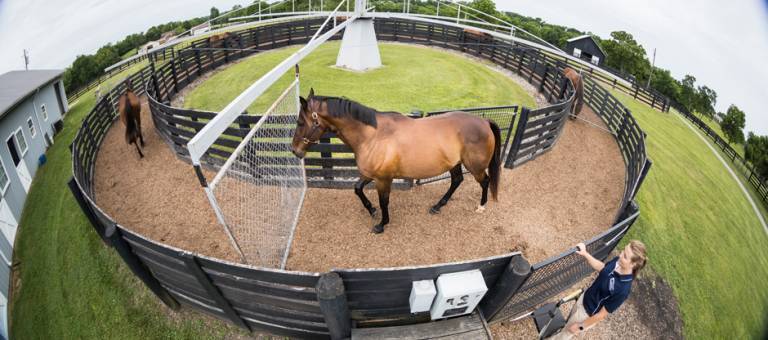
September 23, 2009
Working Hard or Hardly Working? Equine Work Intensity
Optimal nutrition of the performance horse hinges foremost on the exercise it performs.

October 27, 2008
Feeding Horses: Just the Basics
Everybody knows horses need forage and grain…but how much? How often? What kind? What else? The answers may be
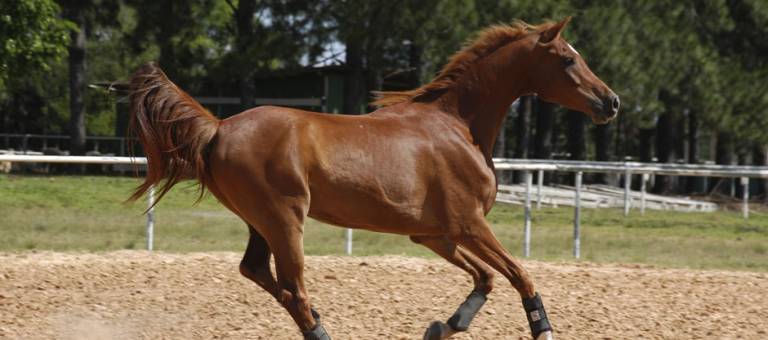
October 25, 2008
Body Condition of Sport Horses
The scientists at Kentucky Equine Research teamed up with Olivia Martin of Performance Feeding to quantify the body condition of
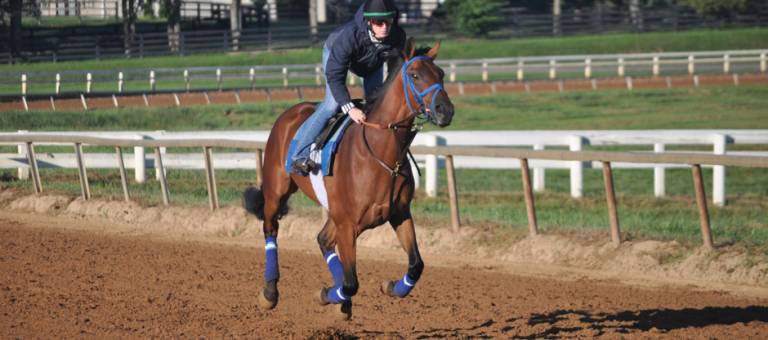
October 21, 2008
Thoroughbred Joint Injuries During Training
Skeletal injuries are common when young Thoroughbred horses enter a program of race training. During the months of training
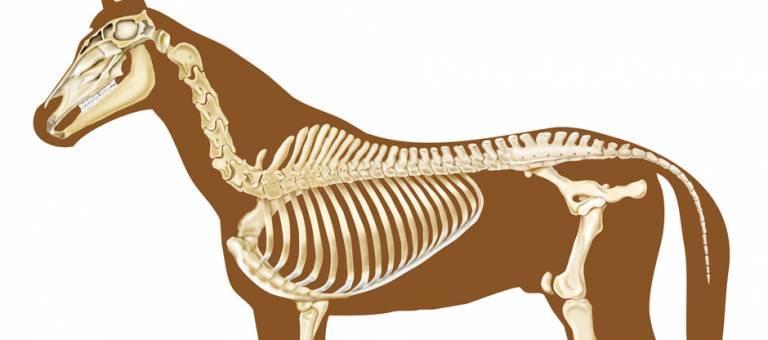
October 21, 2008
Skeletal Development in Thoroughbreds
Would imposing a defined excercise program on juvenile horses raise the rate of injury or cause other undesirable effects?

October 21, 2008
Response of Quarter Horses to High Fat, Low Carb Diets
In this study, the research objective was to discover whether these types of diets may help not only to
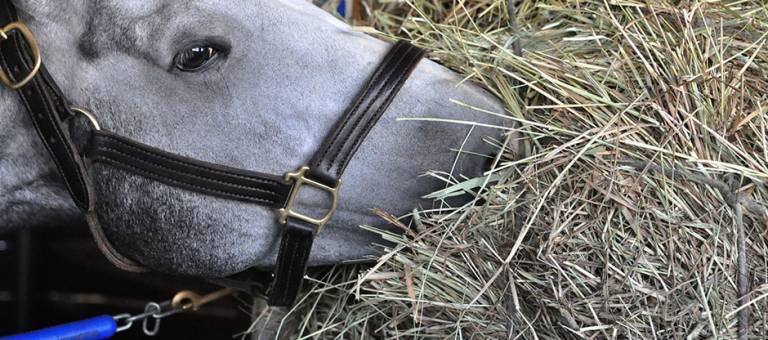
October 21, 2008
Benefits of Soaking Hay for Horses
Wetting hay before it is offered to horses can significantly reduce the concentration of dust in the horse's breathing
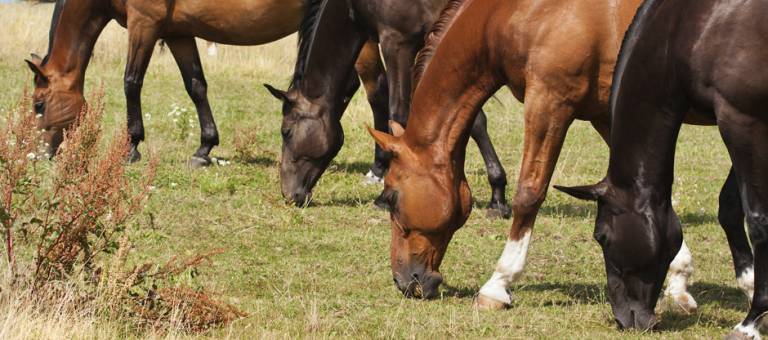
October 21, 2008
Handling Suspected Horse Poisoning
At the 53rd annual convention of the American Association of Equine Practitioners, R.G. Wright of the Ontario Ministry of
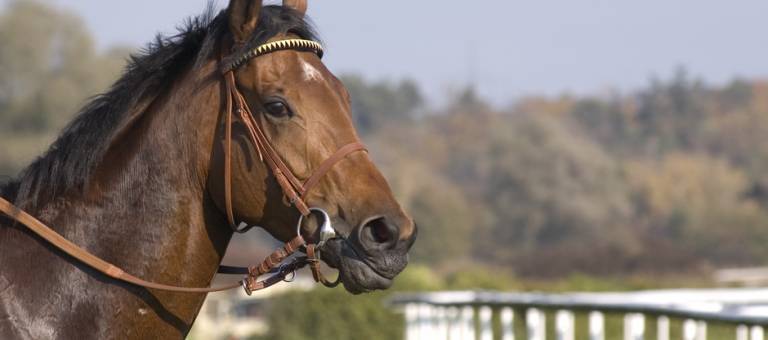
October 20, 2008
Fractures in Thoroughbred Racehorses Studied
The aims of this study were to find the association, if any, between the age of the dam and







